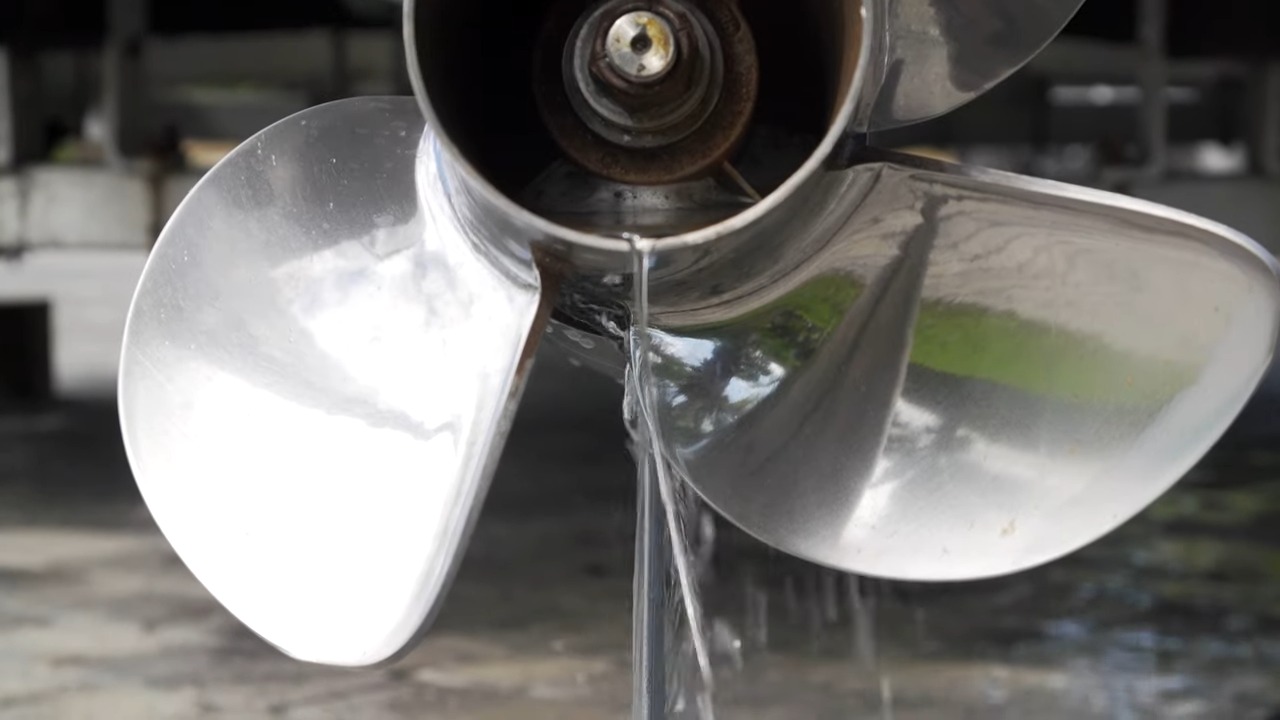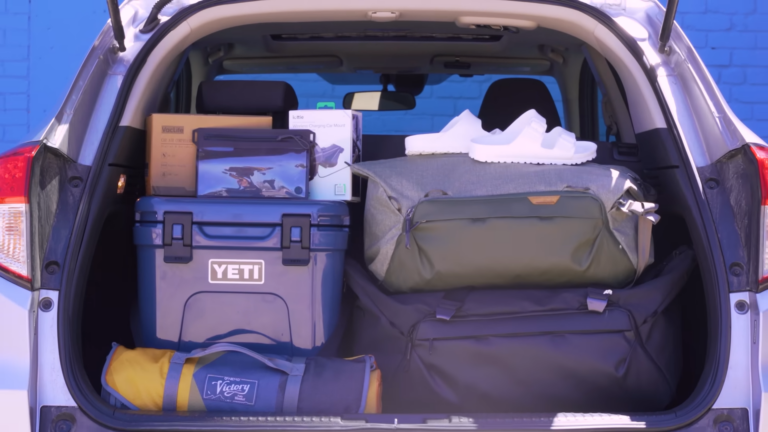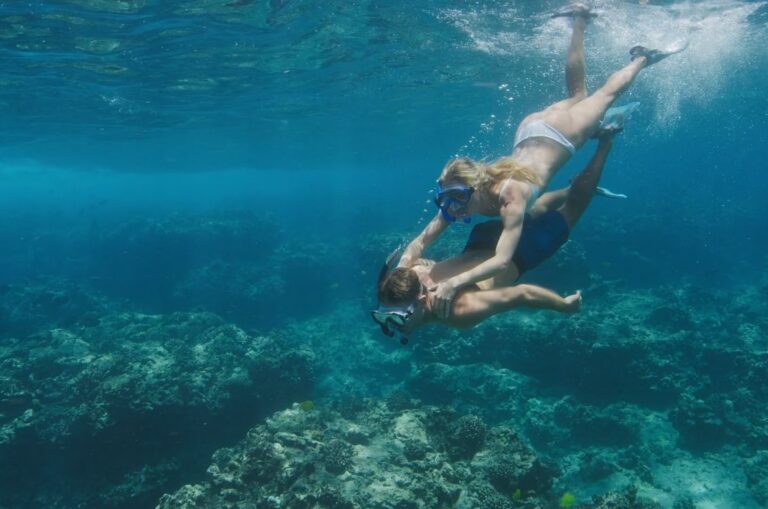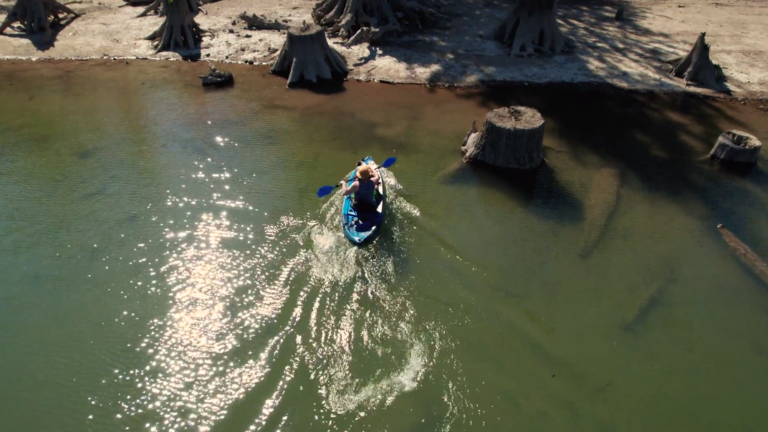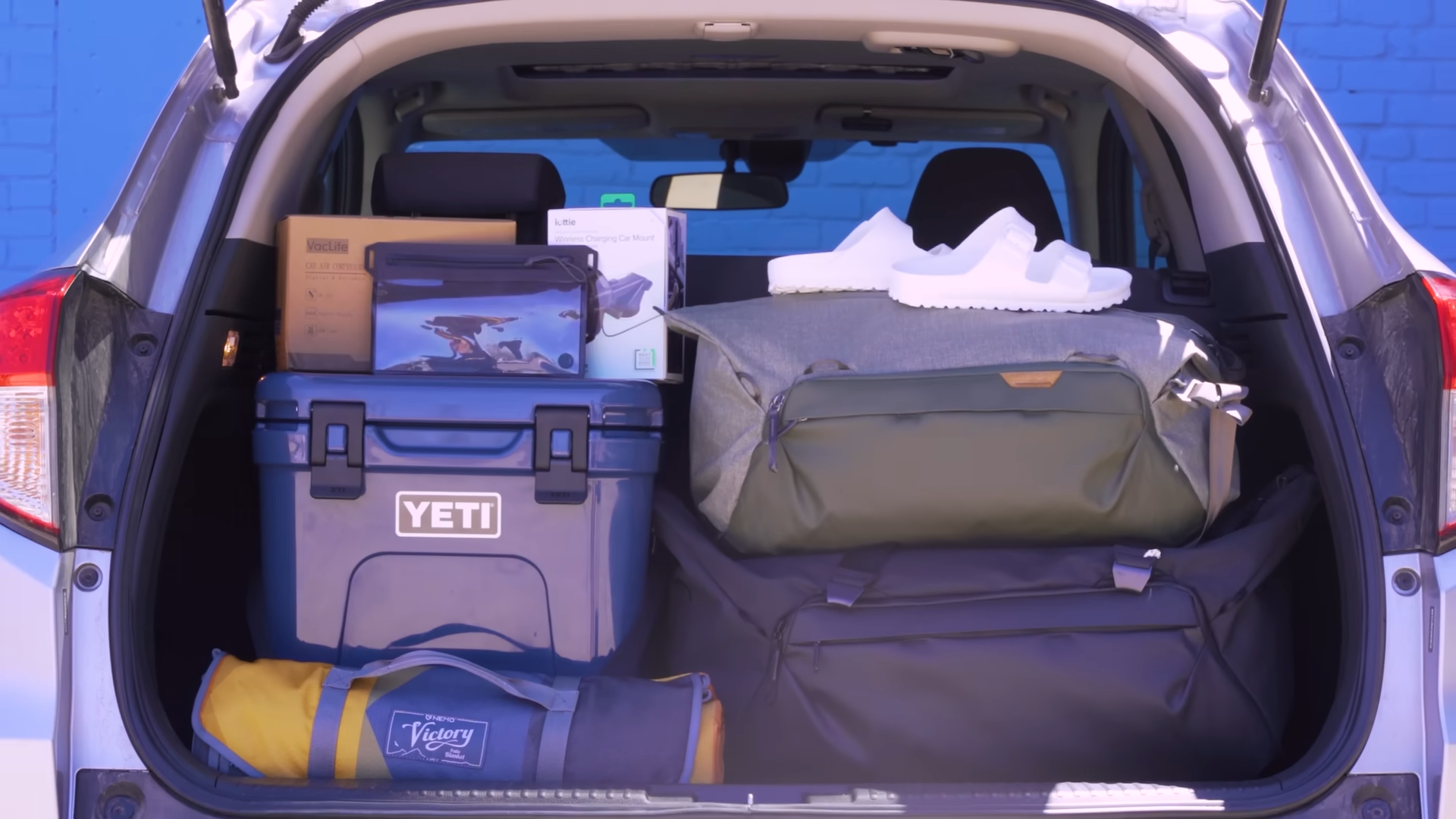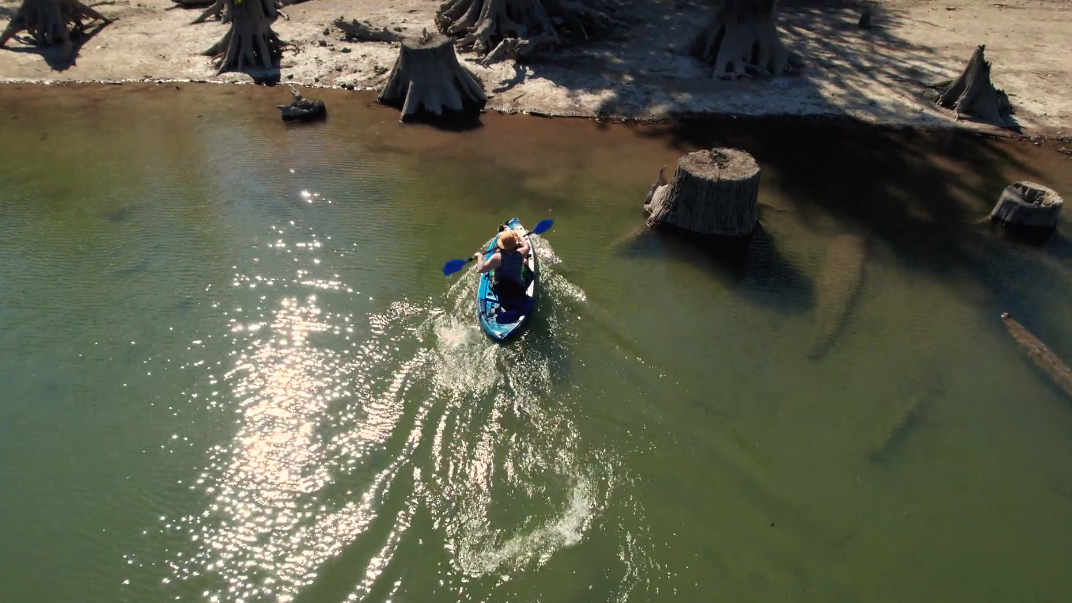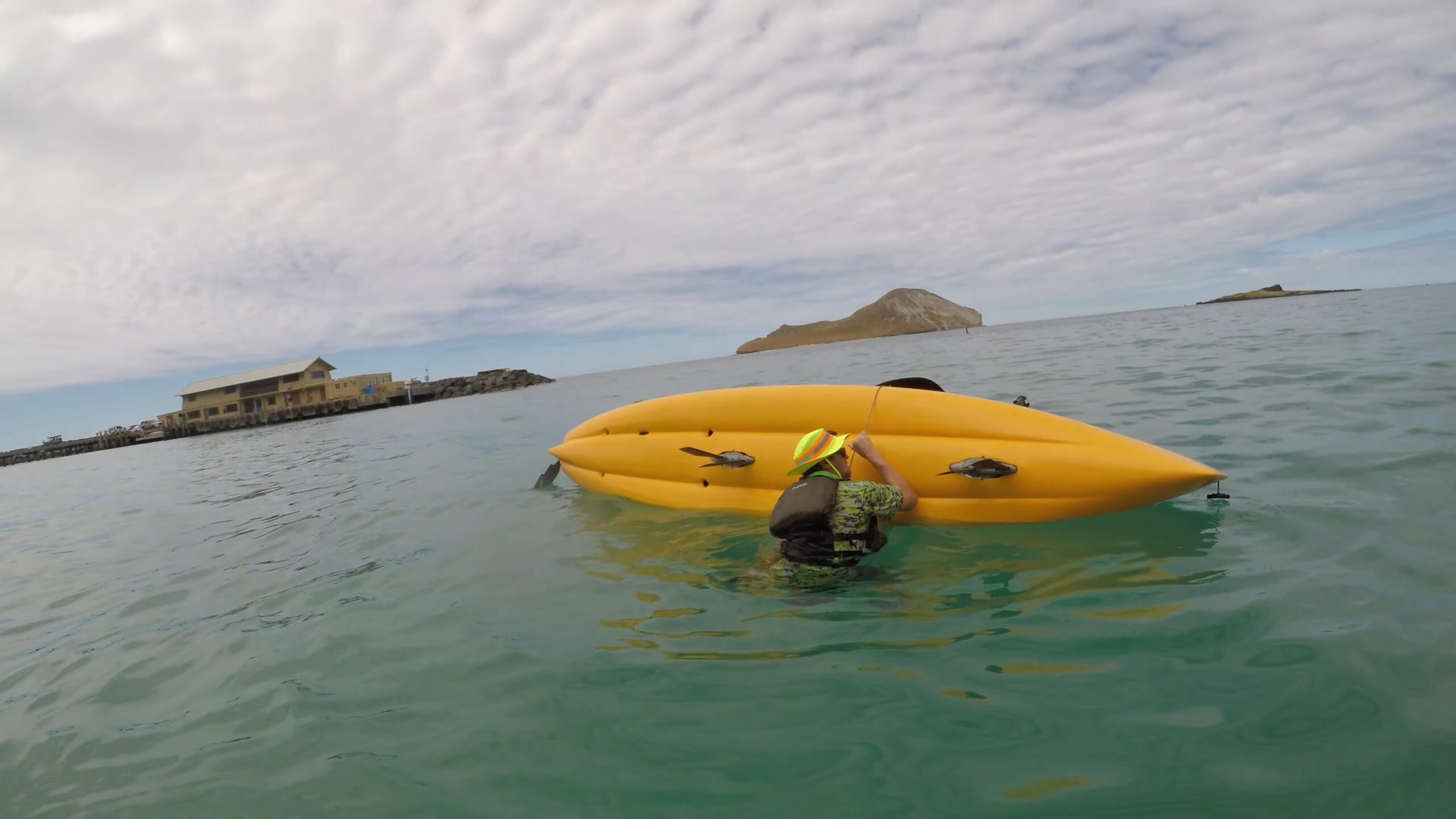Dealing with the pesky salt build-up on your trusty vessel, outboard, or even the old land cruiser? You’ve docked at the right spot. I’ve battled the same salty foes over my many years on the water. It doesn’t matter if you’re out there casting lines every weekend or just occasionally wetting a line, or perhaps you’re nestled somewhere along the coast, I reckon that salty residue is giving you some grief on your boat or vehicle.
I’ve learned the hard way: leaving that salt unchecked? That’s a one-way ticket to corrosion and rust city. If you’re reading this, chances are, you’re in the market for a salt-buster. Now, the debate among us old salts has always been: which is the champion, Salt Away or Salt Off?
Choosing between these is a lot like choosing between a favorite lure; it boils down to personal preference. Starbrite’s Salt Off has some staying power; I’ll give it that. It’ll last you a bit longer than Salt Away.
However, if it’s protection you’re after, Salt Away’s got a shield-like coating that sticks around. Plus, in my book, Salt Away’s a bit gentler on the gear, while Salt Off won’t make as big a dent in your wallet. I’ve gone into details on these two in the lines to follow. Stick around, and by the end, you’ll have the insights of many a fishing trip to guide your choice.
Tight lines, and let’s begin!
Table of Contents
ToggleWhy is salt corrosion a significant concern?
From a sailor’s standpoint to a vehicle owner’s perspective, it’s crucial to understand why salt corrosion poses a serious threat.
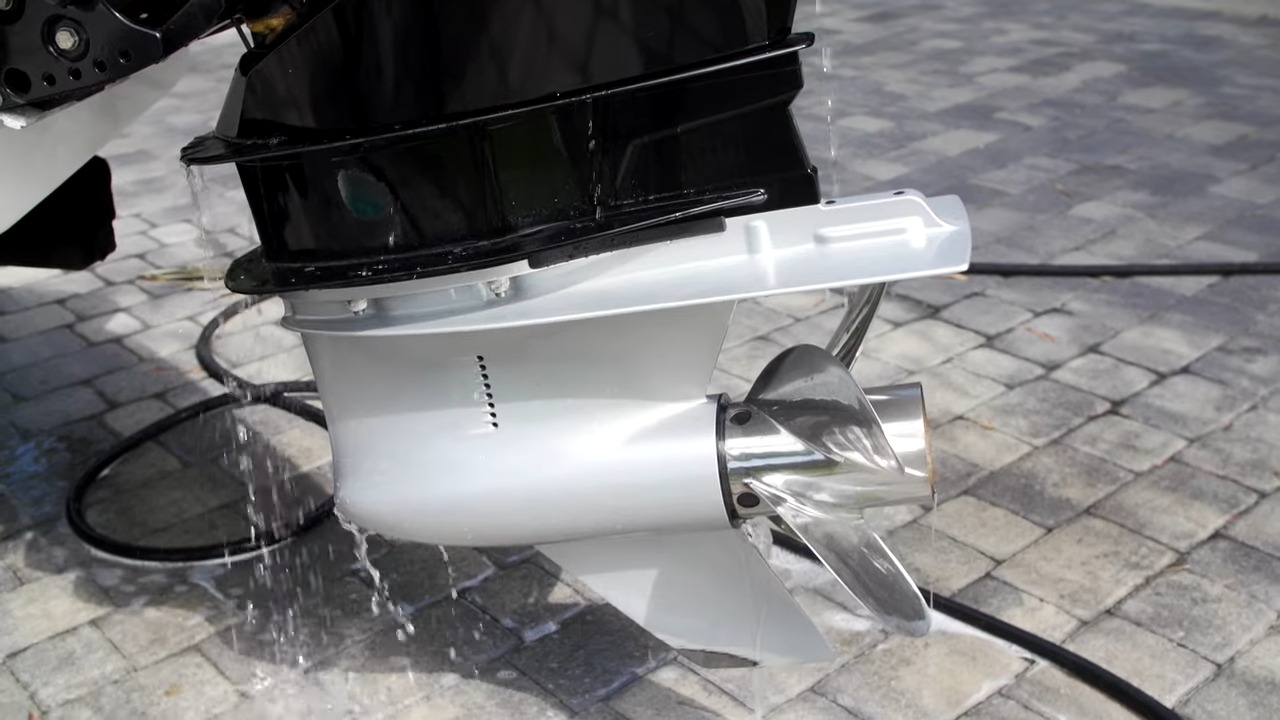
Impact on Metals and Materials
Salt, especially when combined with moisture, aggressively attacks metals and other materials. The chloride in saltwater instigates a chemical reaction, causing rust on metals and deterioration of other materials. For boats, cars, and even coastal homes, this means a shorter lifespan and reduced value.
Effects on Performance
Beyond the visible damage, salt corrosion affects the functional aspects of machines. Engines, for instance, lose efficiency and power due to accumulated salt deposits. On boats, this could mean a delayed journey; on cars, a compromised driving experience.
Salt-away vs Salt Off – Quick Comparison
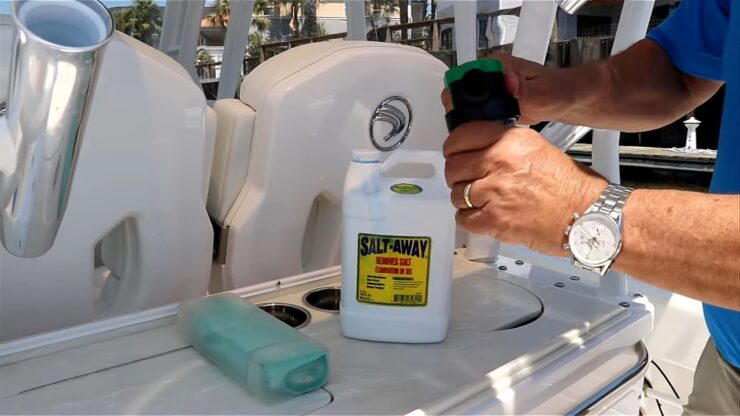
Salt-Away is a non-toxic, biodegradable water-based solution. It has the ability to dissolve, release, and eradicate salts from any surface. With regular usage, Salt-Away will protect your boats, vehicles, motors, and equipment against salt corrosion.
Salt Off with PTEF from Starbrite is designed to remove salt deposits from all surfaces. Such as metal, fiberglass, vinyl, rubber, glass, plastic, and painted surfaces swiftly and effectively. Although both salt removers have similar characteristics, they have some differentiating factors.
Let’s take a glance at the factors that make the two different.
| Factors | Salt-Away | Salt Off |
| Solution | 500:1 | 512:1 |
| Safety | More | Less |
| Protective Coating Lasting Period | More | Less |
| Price | $45-$50 | $35-$40 |
Now, this is just the tip of the iceberg. Follow the article for a more detailed analysis.
Head-to-head Analysis
After you’re done catching your king mackerel or mackerel you should clean your boat. To get rid of the salt from the boat you should use salt-away or the Starbright salt off. Before moving on to the details do note a few things. Both salt removers are quite similar to each other. Hence, a lot of characteristics are similar.
After you’re done catching your king mackerel or mackerel you should clean your boat. To get rid of the salt from the boat you should use salt-away or the Starbright salt off. Now that being said, we can dive into the details.
Solution
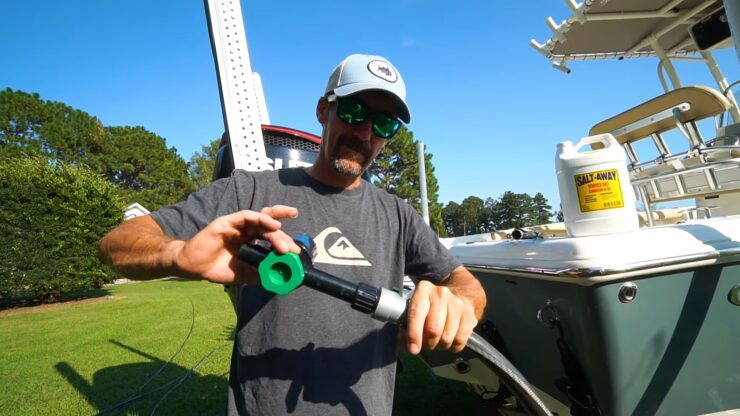
You need more solution per liter of water for the Salt off. The recommended solution for the salt away is 500:1. This implies that you need to add 500 ml of solution per liter of water. This means that you can use 32oz of Salt away from the solution with 500000 liters of water.
On the other hand, the recommended solution ratio for the salt-off is 512:1. This implies that you need to add 500 ml of solution per liter of water. This means that you can use a 32oz salt-off solution with 512000 liters of water. As a result, you can use the salt-off for a longer time.
Safety Concerns
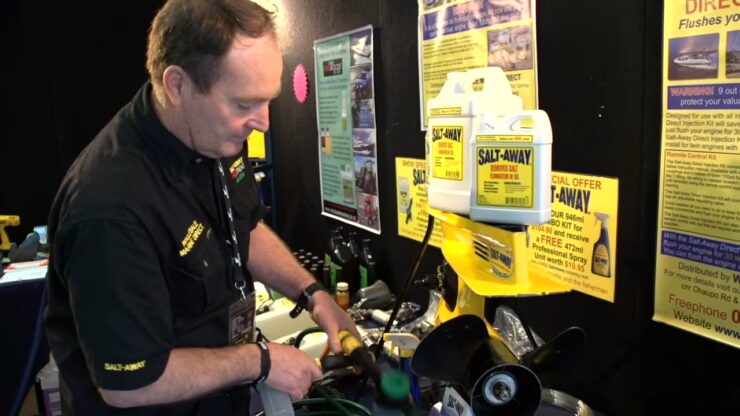
See both the products are environmentally friendly. They are biodegradable and do not contain toxic chemicals that could harm humans and animals. But, when you want to compare the two products then the Salt-away is considered safer.
Because Starbrite comes with the caution of eye and skin irritants. If the Starbrite solution comes in contact with the skin it could cause irritation. So, it could also harm your pets. Besides, if the solution goes in your eyes it could cause irritation. If it comes in contact with your eyes you should rinse your eyes. You should keep rinsing your eye as long as the irritation doesn’t stop.
You should also contact a doctor if the irritation persists. On the other hand, the Salt-away is considered safe. When used around children, pets, or gardening, Salt-Away will not harm them. However, it is still advised to avoid direct contact with the substance.
Protective Coating Lasting Period
Both the salt removers create a protective layer to repel further salt corrosion or rusting. Using a salt remover is as important as lubing the steering cable on a boat. But when it comes to how long this layer lasts the Salt-Away edges ahead.
When Salt-Away is applied, it removes the salt from surfaces and leaves a protective coating on them. The coating remains until they are exposed to water or salt again. If not rinsed off, special high-performance corrosion inhibitors in the product assist preserve metals from corroding. Salt-Away will not remove wax, leave streaks, or leave stains.
Salt-Away has been proven to cut salt removal maintenance time by 75 percent! Similarly, Salt Off also has a similar mechanism. But it’s not as effective as the Salt-Away. The coating lasts for less time.
Price
When it comes to pricing, the Starbrite Salt-off is cheaper. But sometimes, you shouldn’t look at the price tag, especially when it comes to protecting your boat with a salt remover. See, both salt removers are quite good when it comes to removing salt from surfaces. Granted, there are some pros and cons for both.
Well, the good news is there are different sizes of containers available for both products. Thus, it’ll not cost you a fortune to buy either of the products. As you have the option to go for the smaller ones. But for comparison, we’ve set a fixed size for the containers. That is 1 gallon. We’ve compared the prices of both the products for their 1-gallon containers.
The Salt-away will cost you around $45 to $50 for a gallon. Hold on! Don’t panic. It’s a gallon container. You’ll probably end up using this for a few years. So, you don’t need to spend $50 regularly. The same goes for the Starbrite Salt-of. But Starbrite Salt-off is much cheaper than the Salt-Away. It’ll cost you around $35 to $40 for a 1-gallon container.
In this part, we’ve only discussed the solid price of the two products. But depending upon the effectiveness and performance, the products can last longer or shorter, which could make either product more profitable than the other.
Which One Should You Choose?
It boils down to individual needs and preferences.
Assessing Personal Needs
If you live in an area where your equipment or vehicles are constantly exposed to salt (say, a coastal town), and you can’t attend to them frequently, Salt Off’s lasting protection could be your savior. However, if you’re someone like me, who occasionally ventures into salty territories and can manage regular maintenance, Salt-away’s immediate potency can be gratifying.
Experimentation is Key
Remember, every individual’s experience can differ based on a myriad of factors like frequency of exposure to salt, maintenance habits, and even climatic conditions. It wouldn’t hurt to experiment with both products (on different occasions, of course) to determine which one aligns better with your needs.
FAQs
Is it safe to use Salt-Away or Salt Off on all types of boat surfaces?
Yes, both Salt-Away and Salt Off are designed to be used on a variety of boat surfaces, including metal, fiberglass, vinyl, rubber, glass, plastic, and painted surfaces. However, always check the product label for any specific instructions or warnings.
How often should I use these salt removers on my boat or vehicle?
The frequency depends on the level of salt exposure. For boats or vehicles heavily exposed to saltwater, it’s recommended to use the salt removers after each use or outing. For those less exposed, a monthly treatment should suffice.
Can I use Salt-Away or Salt Off for other equipment like fishing rods, reels, or diving gear?
Yes, both products can be used to remove salt and protect various types of equipment, including fishing gear and diving equipment. They help ensure the longevity and performance of these tools by preventing salt build-up and corrosion.
Do these salt removers affect the paint or polish on my boat or car?
No, when used as directed, both Salt-Away and Salt Off are designed not to harm the paint or polish on boats or cars. They won’t leave streaks or stains, but always test a small, inconspicuous area first to be sure.
Apart from the price, what should I consider when choosing between Salt-Away and Salt Off?
Consider factors such as the safety profile, especially if you have pets or children around, the lasting period of the protective coating the product provides, and how much solution is required for effective dilution. Your personal maintenance habits and frequency of exposure to salt are also vital factors.
Final Verdict
See, both the salt removers are good. There are some factors where one comes on top of the other. Depending on the factors, it’s up to you to decide which one to use. When it comes to protective coating and effectiveness, the salt edges ahead. So, if you want a more effective salt remover, then you should opt for Salt-Away. Besides, Salt-Away is also safer to use. It causes fewer health hazards.
However, if you want to use it for a longer time, then Salt-off is the better option. As the solution of salt off enables it to use more water than the Salt-away. Other than that, the salt-off comes at a cheaper price. Ranging from $35-$40 dollars for a 1-gallon solution. On the other hand, the Salt-away will cost you around $45 to $50 for a 1-gallon solution.
I’m Liam Jackson, the proud owner and driving force behind KayakPaddling.net. Born somewhere in the expansive beauty of the United States, I’ve nurtured a lifelong passion for kayaking and fishing that has led me to explore the far corners of our nation’s waterways.
Related Posts:
- 16 Best Kayak For Beginners 2024 - Kayaking Adventure Gear
- 10 Best Fish Hook Removers 2024 - Top Options for…
- 12 Best Beach Wagons & Carts 2024 - For All-Terrain
- How to Stay Safe on Slow Moving Waters When Paddle Boarding?
- 10 Best Fish Finders Under $200 2024 - Top Affordable Picks
- What To Wear Kayaking - Safe Kayaking Adventure

